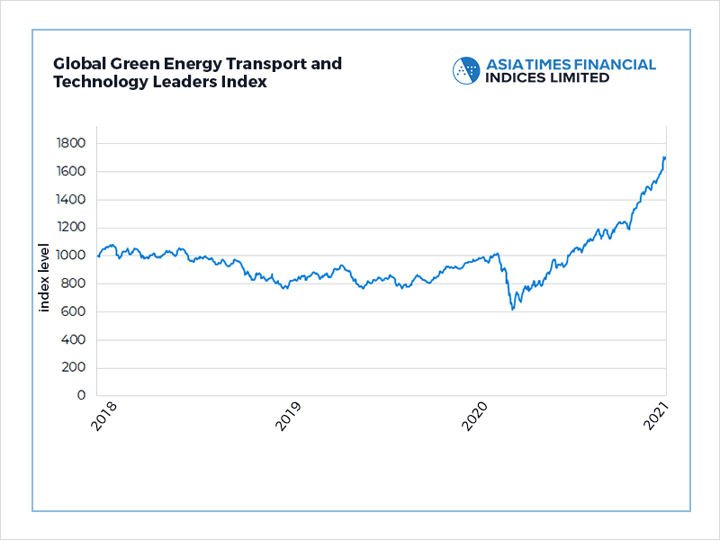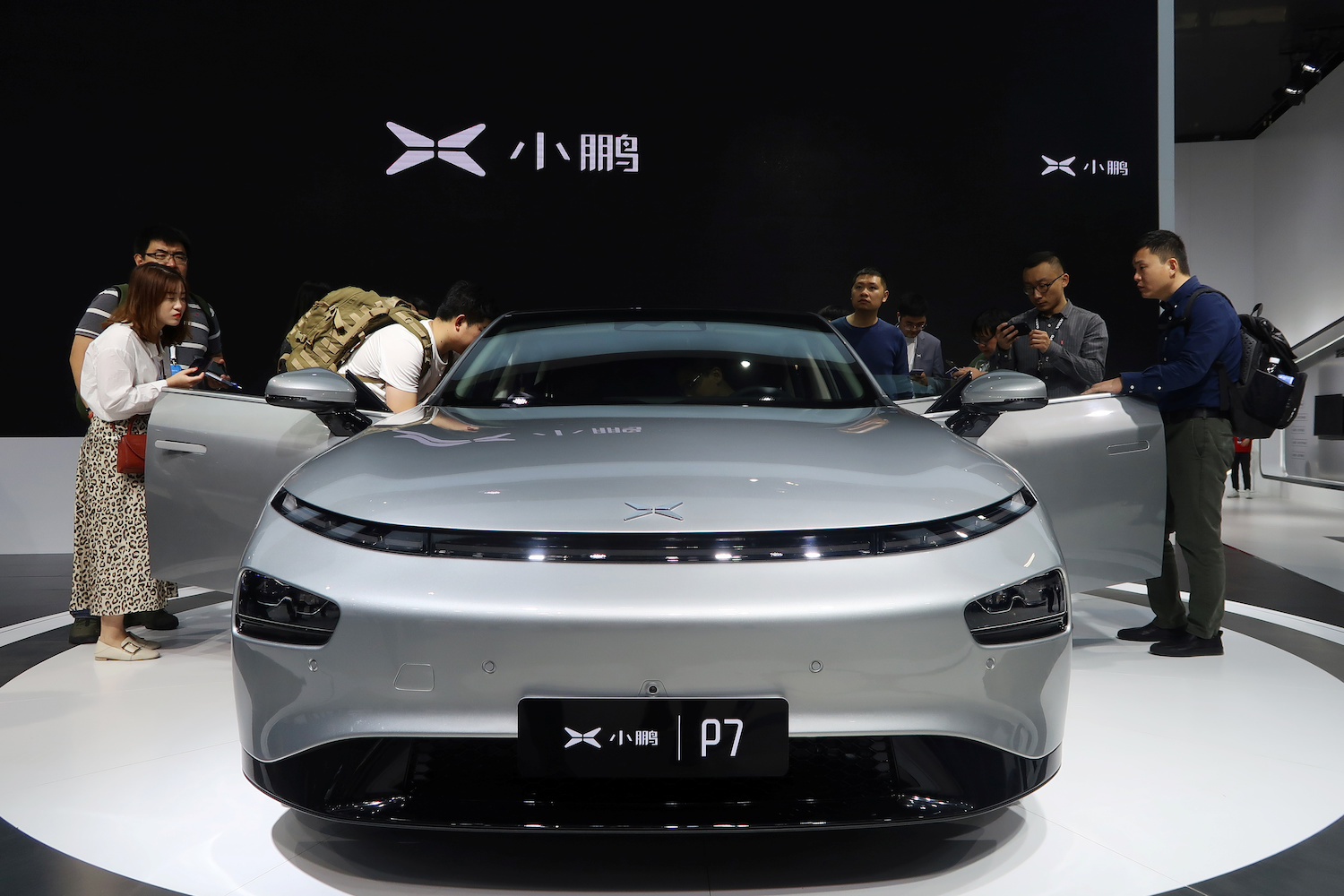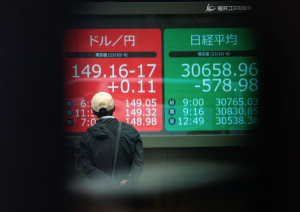(ATF) China’s new energy vehicle (NEV) market is poised for growth and could soon become the world leader in the class. However, that very growth could also become one of its biggest hurdles unless the government revamps its plans.
NEV sales in China in 2020 increased by a robust 10.9% year-on-year to 1.37 million units in spite of economic headwinds from the Covid-19 pandemic. New government incentives put in place in November also helped vehicle sales. In December, just one month after policy changes, NEV sales increased nearly 50% from the previous month to 248,000 automobiles, according to data from the China Association of Automobile Manufacturers (CAAM). Electric, plug-in hybrid and hydrogen-fuel cell vehicles are considered NEVs.
The popularity of NEV models comes as total automobiles sold in China last year dropped 1.9% from 2019 levels, to 25.31 million units. Currently, China accounts for 55% of all NEVs sold worldwide. As such, it continues to attract a mix of foreign companies interested in either setting up shop of forming a joint venture with an established or even newer Chinese company.
Domestic NEV manufacturers are also giving foreign firms a run for their money. CNBC reported on Monday that Chinese electric car startup Nio released its first sedan, the ET7, with a 70 kilowatt-per-hour battery pack and self-driving technology features that it claims surpasses that of industry leader Tesla. Similar competition will be forthcoming across the sector.
Government goodies
China’s new NEV plan put in place in November lists five strategic tasks for the sector, including technological innovation capacity, building new-type industry ecosystems, advancing industrial integration and development, perfecting the infrastructure system, as well as opening-up and cooperation.
Beijing also wants to build-out the NEV sector by tackling at least three systemic problems, reliance on the West for technology, dependence on expensive oil imports, and persistently high air pollution levels, particularly in its urban centers.
China has around 270 million autos on the road making it not only the world’s largest auto market but a major contributor to the country’s enormous greenhouse gas emissions (GHG). China is the world’s largest GHG emitter, ahead of the US by a ratio of more than two to one.
The government’s NEV plan sets specific targets, including bringing average power consumption of new, purely electric passenger cars down to 12 kWh/100 km and raising the proportion of new NEVs in the sales of new vehicles to 20% of all cars sold in China by 2025.
Purely electric automobiles are likely to become the mainstream in the sales of new units by 2035, while those used in public transportation will be exclusively electrified, according to the plan.
The government also seeks to speed up efforts to upgrade NEV infrastructure, including building more charging points and hydrogen refueling stations. It will also accelerate the formation of public networks to provide fast-charging services to NEV drivers near major highways in both urban and rural areas.
Major cities are also taking it upon themselves to ramp up NEV infrastructure, including Shanghai, which plans to add between 100,000 and 200,000 new public and private NEV charging points spread out over the next three years.
Sector growth
However, growth in China’s NEV sector has also created the potential for massive problems that could also see continued government intervention needed to shape the fledgling industry. While the government’s plan in November sought to ensure a more orderly development of the industry, as well as promoting the establishment of a unified national market, there may simply be too many NEV companies entering the market.
At the Beijing Auto Show held last September, there were as many as 785 new models on display, 160 of which were electric-powered vehicles. If that wasn’t enough to cause buyer brain freeze, there are reportedly more than 1,000 Chinese companies either entering or wanting to enter the country’s NEV market.
A Deloitte report from last year said China’s NEV market is big, but not big enough to accompany the nearly 500 registered NEV companies in the country.
A Center for Strategic & International Studies (CSIS) report in November agreed, stating that one consequence of massive state intervention in China’s NEV sector is the continued presence of too many players.
There were 112 active NEV producers in 2018, and in 2020 even more, 119, according to the CSIS report. “Even assuming extremely healthy sales in 2020 of 1.5 million NEVs, that would average out to 12,600 per producer, certainly far short of sustainable economies of scale,” the report added.
As a result, in the next two or three years the market is likely to see consolidation with many of these companies either being eliminated or forming mergers. “Only the smartest and most profitable will survive,” the Deloitte report said.
However, if too much state support has been a problem, Beijing is trying to rectify its over involvement in the sector. On January 1, China’s Ministry of Finance cut subsidies for electric vehicles (EV) by 20% since the sector seems to have rebounded from the economic impact of the Covid-19 pandemic.
The average payout to buyers last year was around 18,000 yuan ($2,800). That generous discount will now be reduced to around 14,400 yuan. Rebate reduction, even at a nominal level, should help stoke competition in the sector.
Still more needs to be done to help China’s NEV sector mature, reach economies of scale across the board, and streamline not only its regulatory framework, but raise the bar for companies, both domestic and international, that want to enter the sector.

























